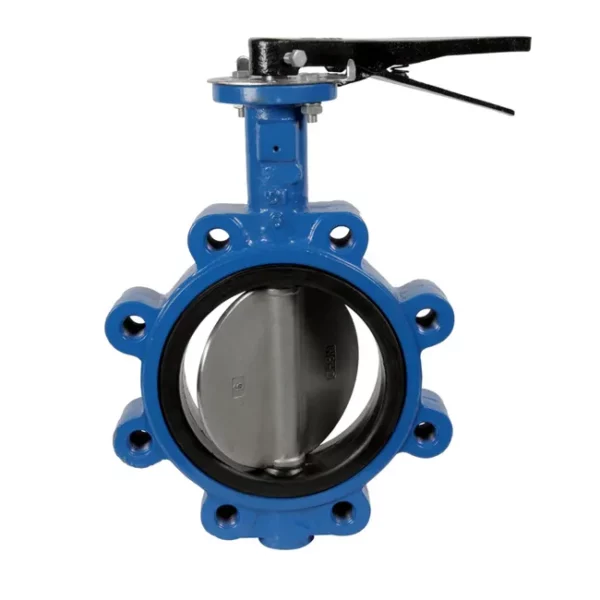High-performance eccentric butterfly valves are designed to perform reliably in a wide range of temperature environments, including low-temperature conditions.
Here’s how they typically perform in such environments:
- Material Selection: High-performance eccentric butterfly valves are often constructed from materials that maintain their mechanical properties and sealing integrity at low temperatures. Common materials include stainless steel, duplex stainless steel, and special alloys like Inconel or Hastelloy, which offer excellent low-temperature toughness and corrosion resistance.
- Sealing Integrity: These valves feature a resilient seat or sealing material that remains flexible and maintains its sealing integrity at low temperatures. The resilient seat ensures a tight seal between the disc and the valve body, preventing leakage even in cold environments.
- Low-Temperature Operation: High-performance eccentric butterfly valves are designed to operate smoothly and reliably at low temperatures without compromising performance. The valve’s design minimizes the risk of sticking or freezing, allowing for consistent operation in cold environments.
- Flow Control: These valves offer precise flow control capabilities, even in low-temperature conditions. high performance eccentric butterfly valve The eccentric disc design ensures minimal contact between the disc and seat during operation, reducing friction and minimizing the risk of valve stiction, which can be more pronounced at lower temperatures.
- Resilience to Cold Shock: High-performance eccentric butterfly valves are engineered to withstand the effects of cold shock, which can occur when a valve is subjected to sudden temperature changes. The robust construction and materials used in these valves help prevent damage or deformation due to thermal stresses.
- Optional Features: Some high-performance eccentric butterfly valves may offer optional features specifically designed for low-temperature applications, such as extended bonnets or insulation jackets to minimize heat loss and maintain operating temperatures within the valve.
Overall, high-performance eccentric butterfly valves are well-suited for low-temperature environments and can provide reliable and efficient flow control even in cold conditions. Proper material selection, resilient sealing mechanisms, and robust design features ensure that these valves perform optimally while maintaining safety and integrity in low-temperature applications.

How does the high performance eccentric butterfly valve perform in low-temperature environments?
